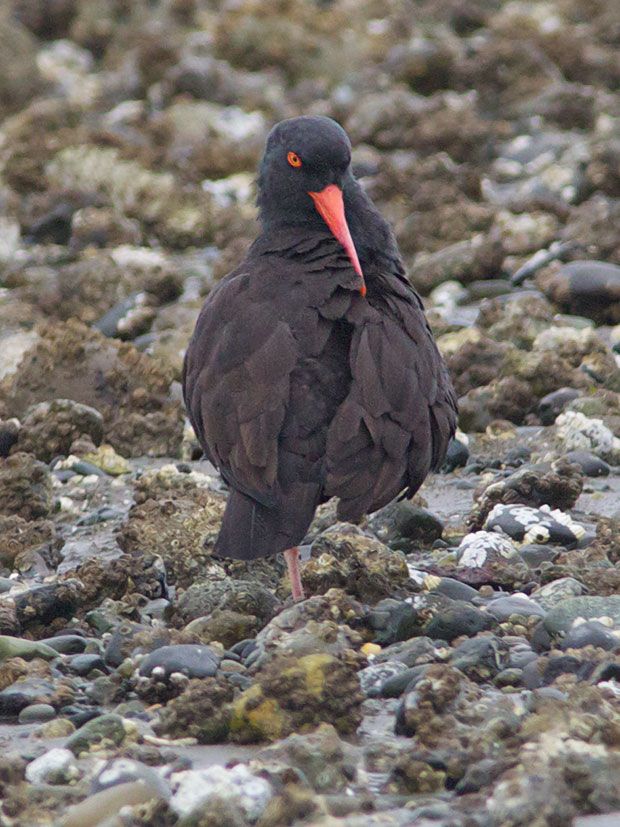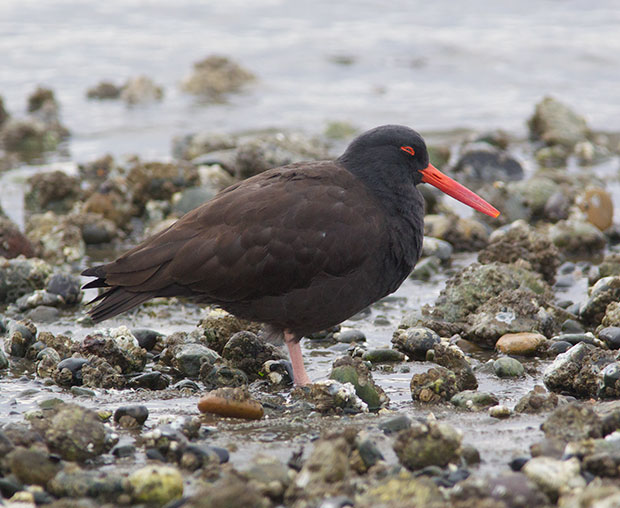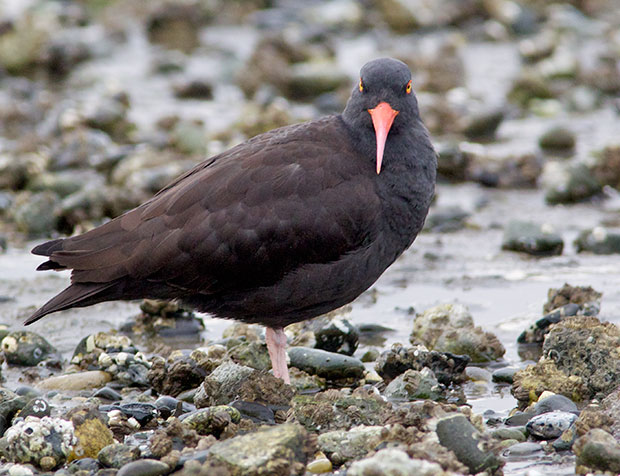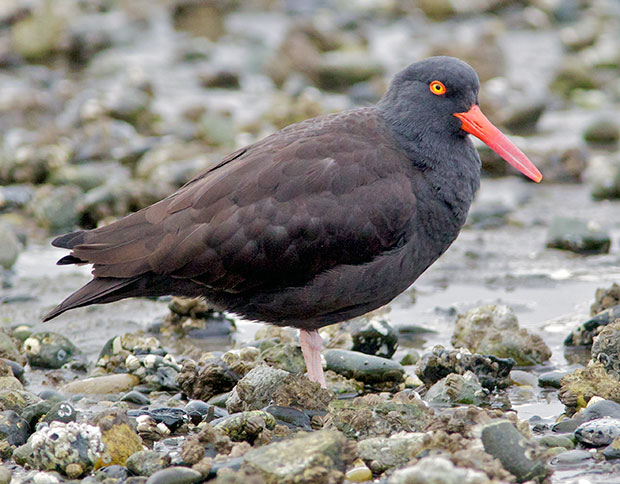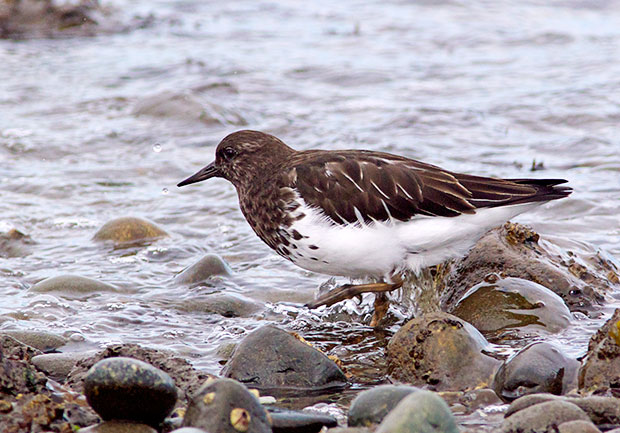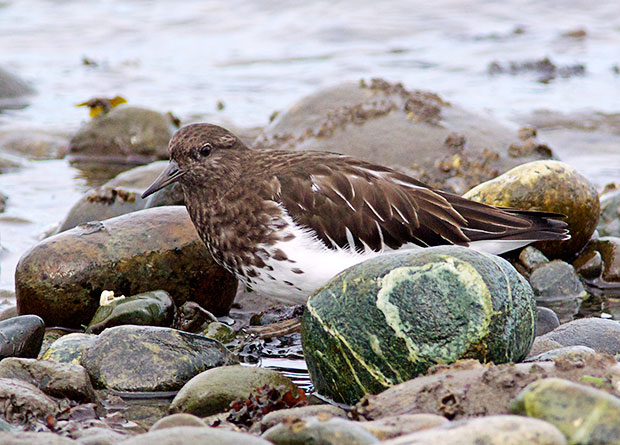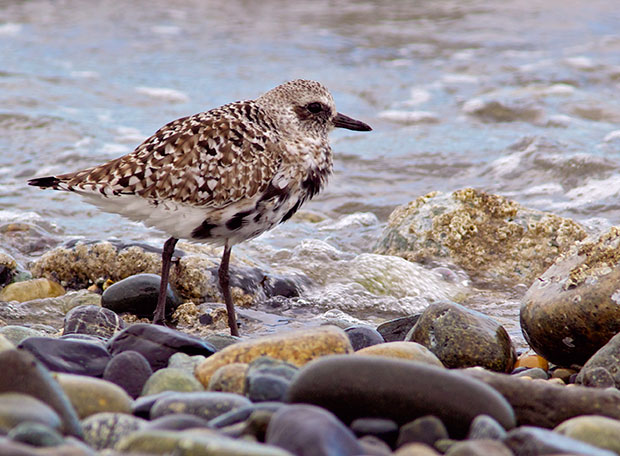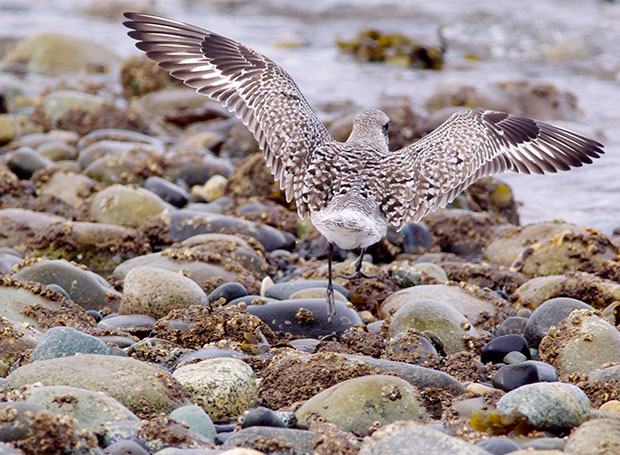It’s hard to believe that it has been nearly two weeks since we had a brief respite from the rain. I still haven’t gotten out for a full day of birding or photographing since March 24 and our trip to Port Townsend.
It sure seemed then that Spring and some good weather had finally arrived. The wild cherry blossoms were in full bloom at “Kah Tai Lagoon Nature Park”
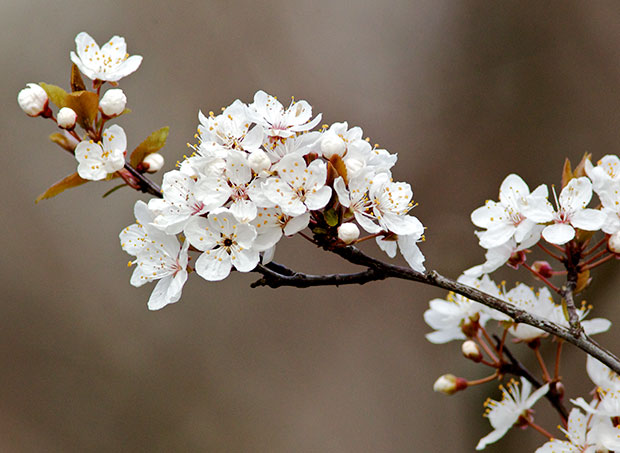
The trees were bursting with songbirds, too busy to sit still for a portrait
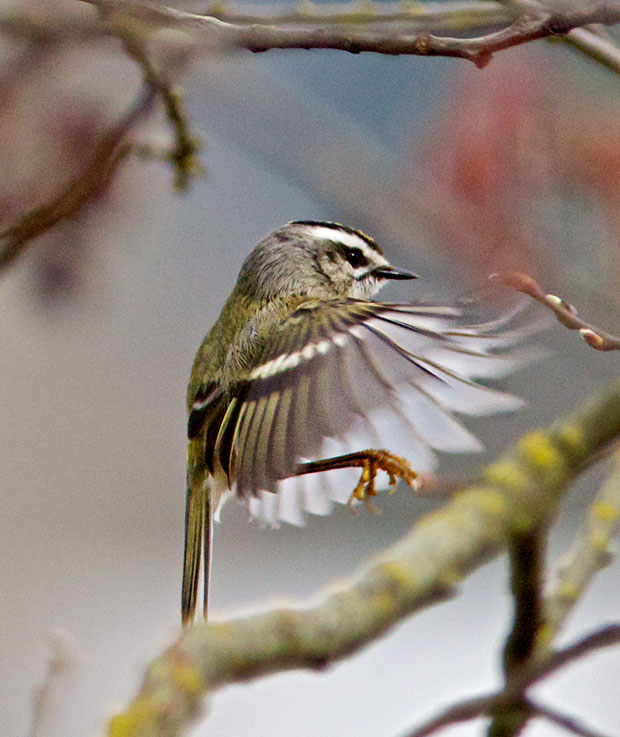
and I felt lucky to get a shot of this Golden-Crowned Kinglet as it flitted from branch to branch.
I also managed to spot the first male Ruddy Duck
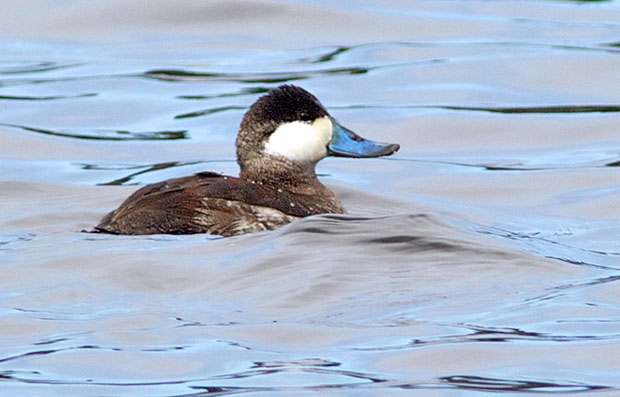
I’ve seen with a blue bill.
Heck the light was even good enough to get a good shot of a male Bufflehead
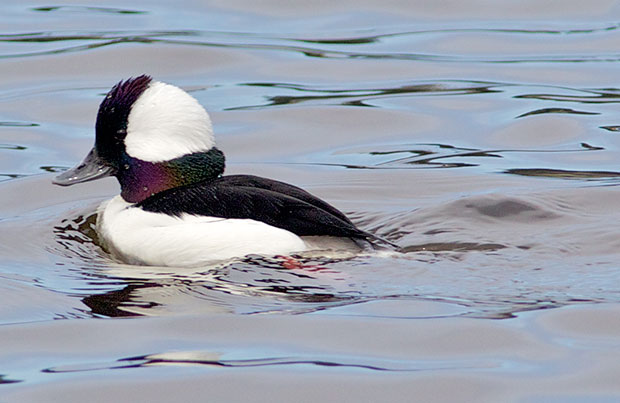
where you can see the iridescent sheen in the black, make out an eye, and even see some details in the white portion of his body. Over the years I’ve found it incredibly difficult to capture both the black and white features of these guys unless the light is just right.
Luckily all the rain has given me some time to read poetry and I should be able to post some comments on my latest reading tomorrow.

